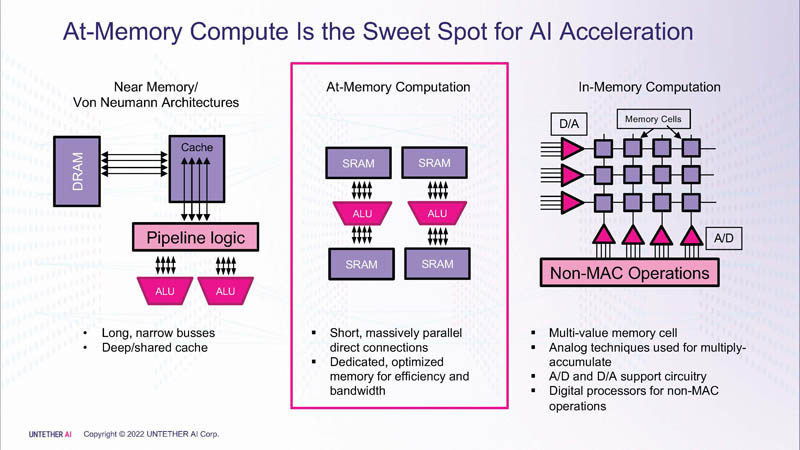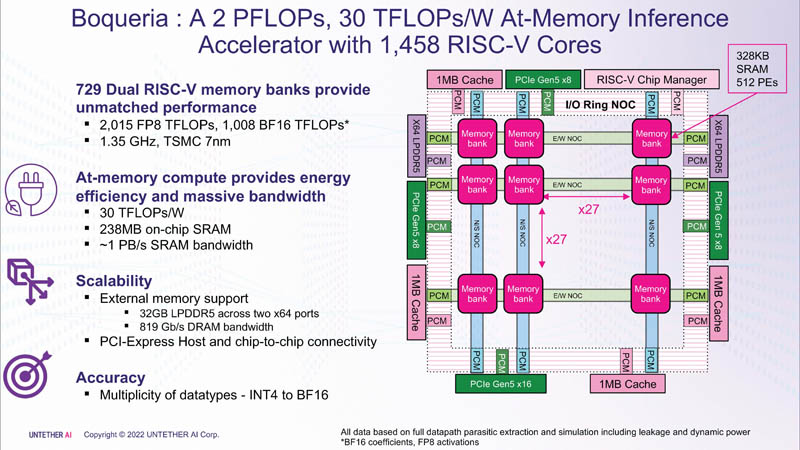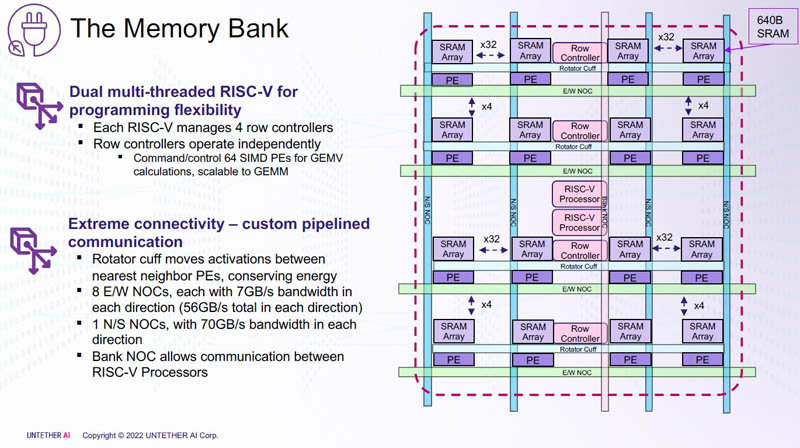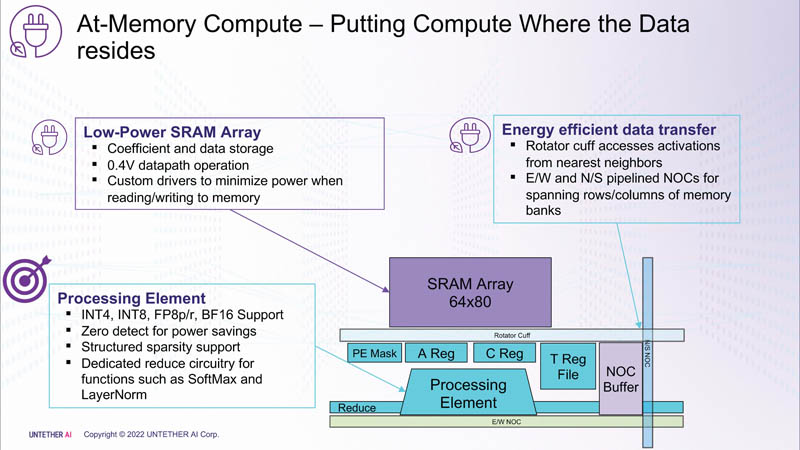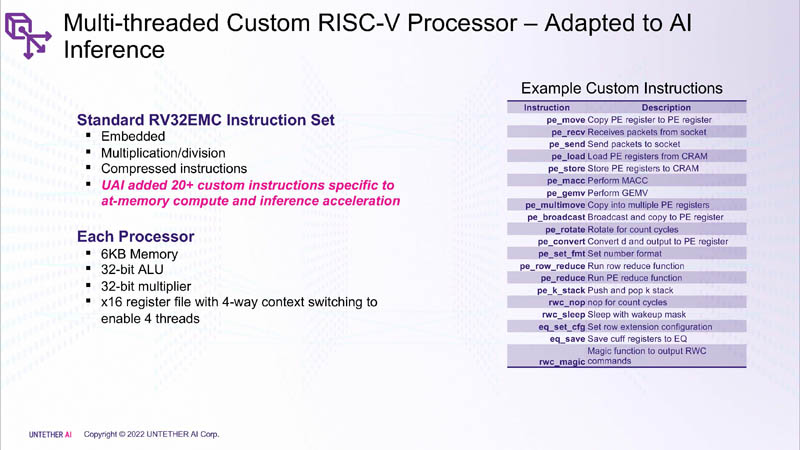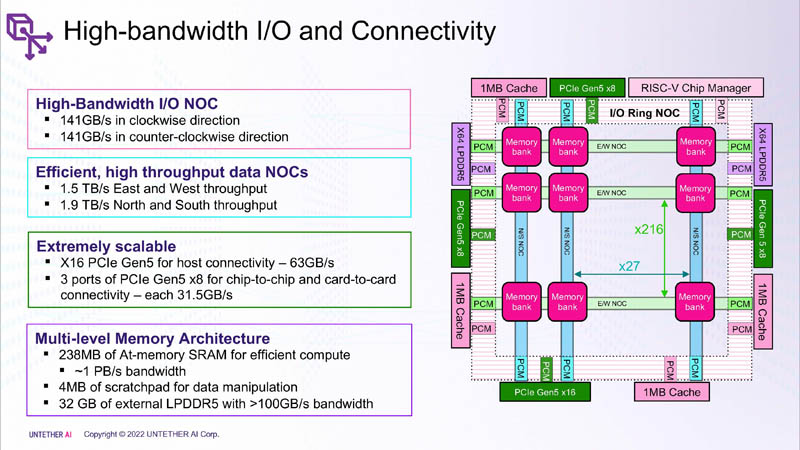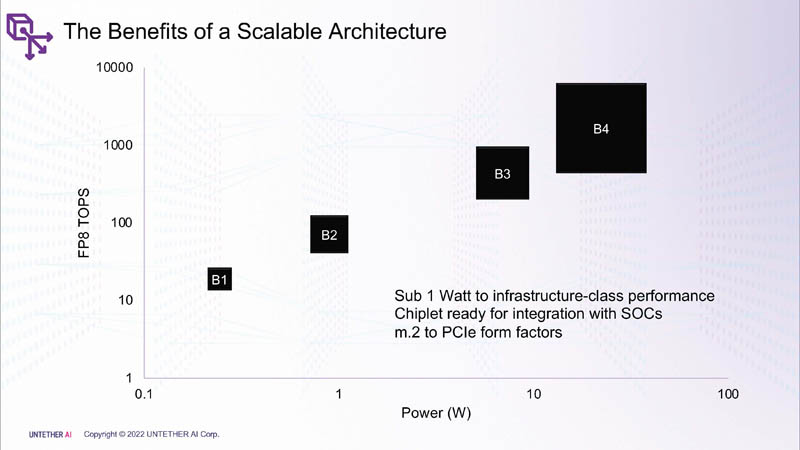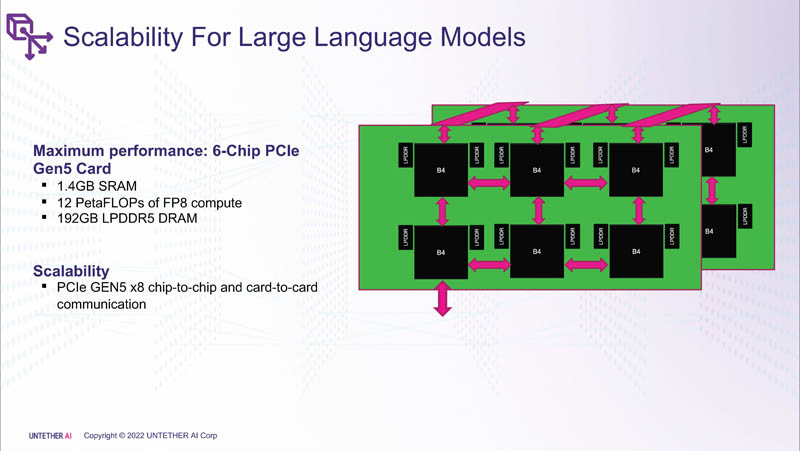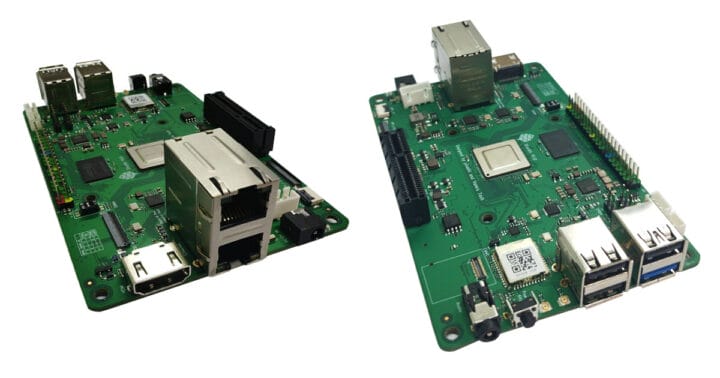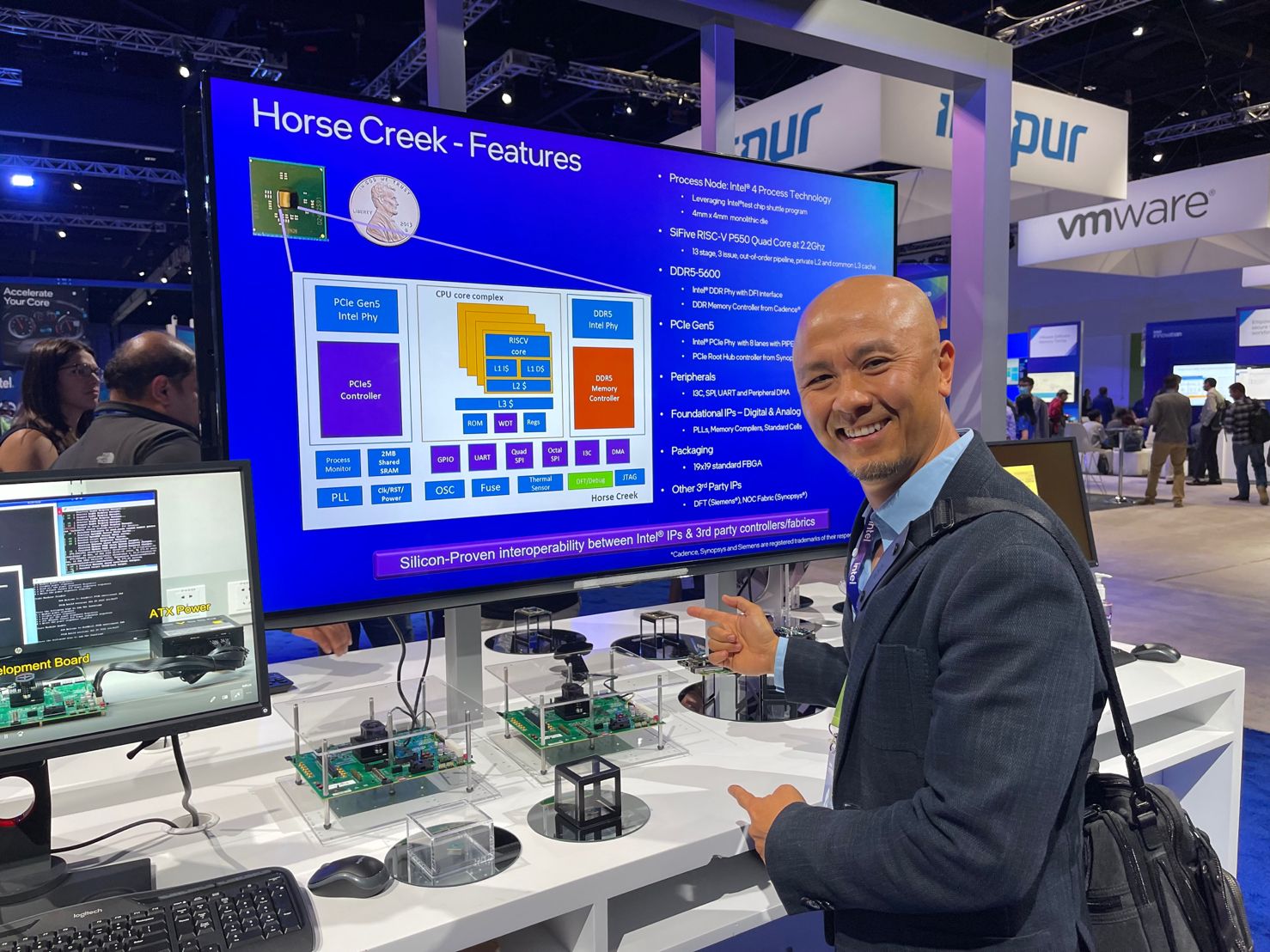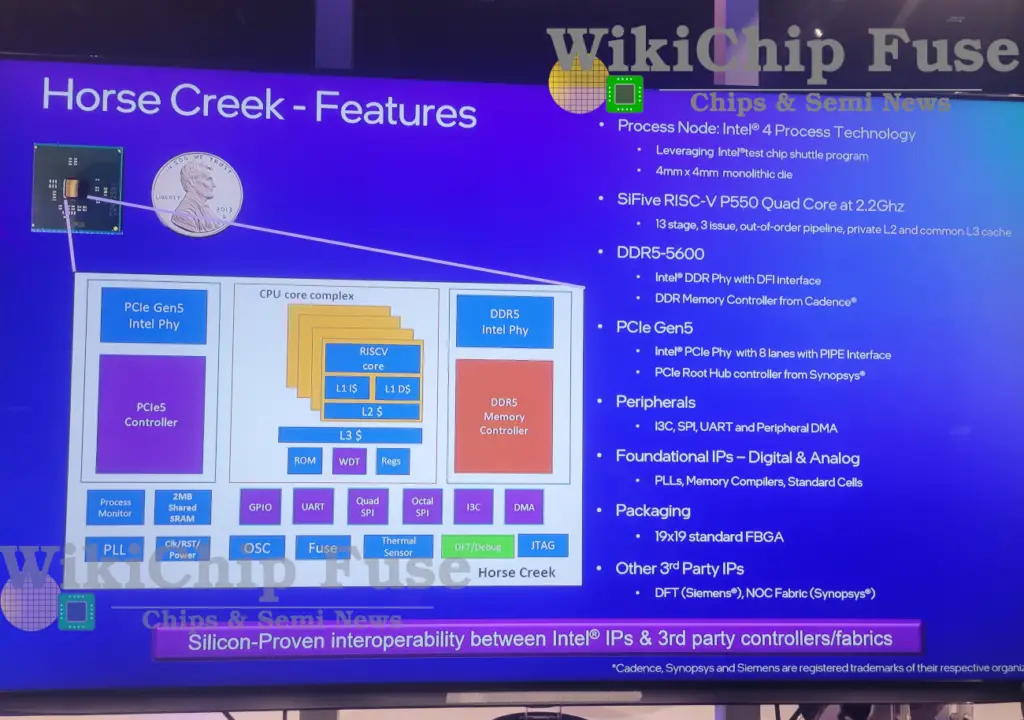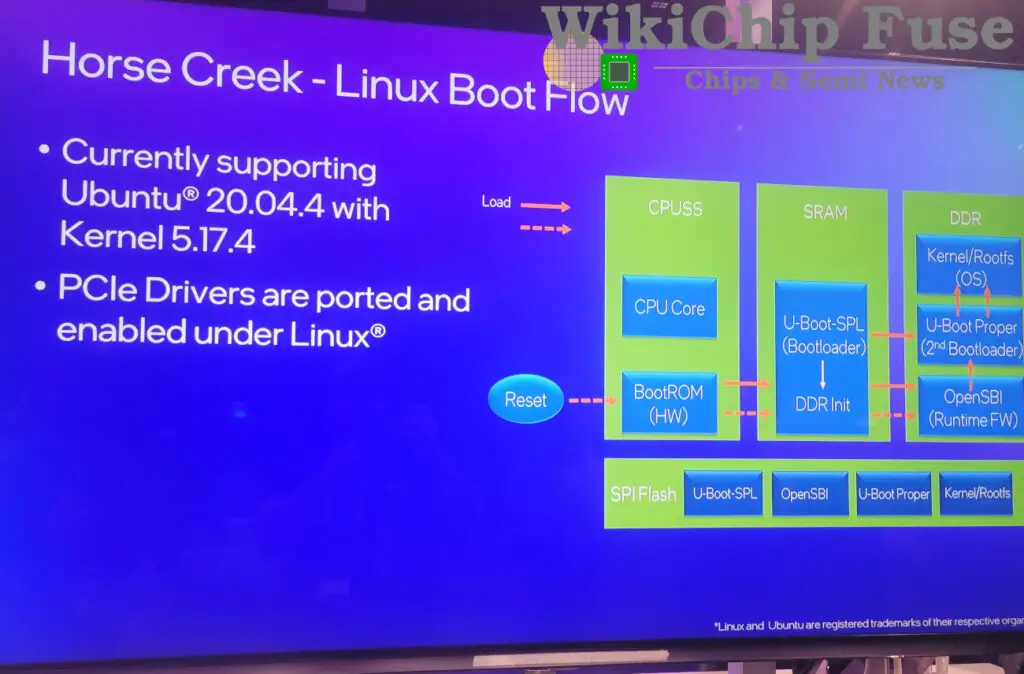Entretanto já foi feito o upload de boa parte das apresentações da RISC-Summit, vou deixar aqui os da Esperanto e da XiangShan
- Accelerating AI and non-AI Workloads with 1000+ Energy-Efficient RISC-V Cores on a Single Chip - Art Swift, Esperanto Technologies
- XiangShan: an Open-source High-performance RISC-V Processor - Yungang Bao, Institute of Computing Technology, Chinese Academy of Sciences (ICT, CAS)
o resto podem ver aqui
https://www.youtube.com/c/RISCVInternational/videos
- Accelerating AI and non-AI Workloads with 1000+ Energy-Efficient RISC-V Cores on a Single Chip - Art Swift, Esperanto Technologies
- XiangShan: an Open-source High-performance RISC-V Processor - Yungang Bao, Institute of Computing Technology, Chinese Academy of Sciences (ICT, CAS)
o resto podem ver aqui
https://www.youtube.com/c/RISCVInternational/videos



